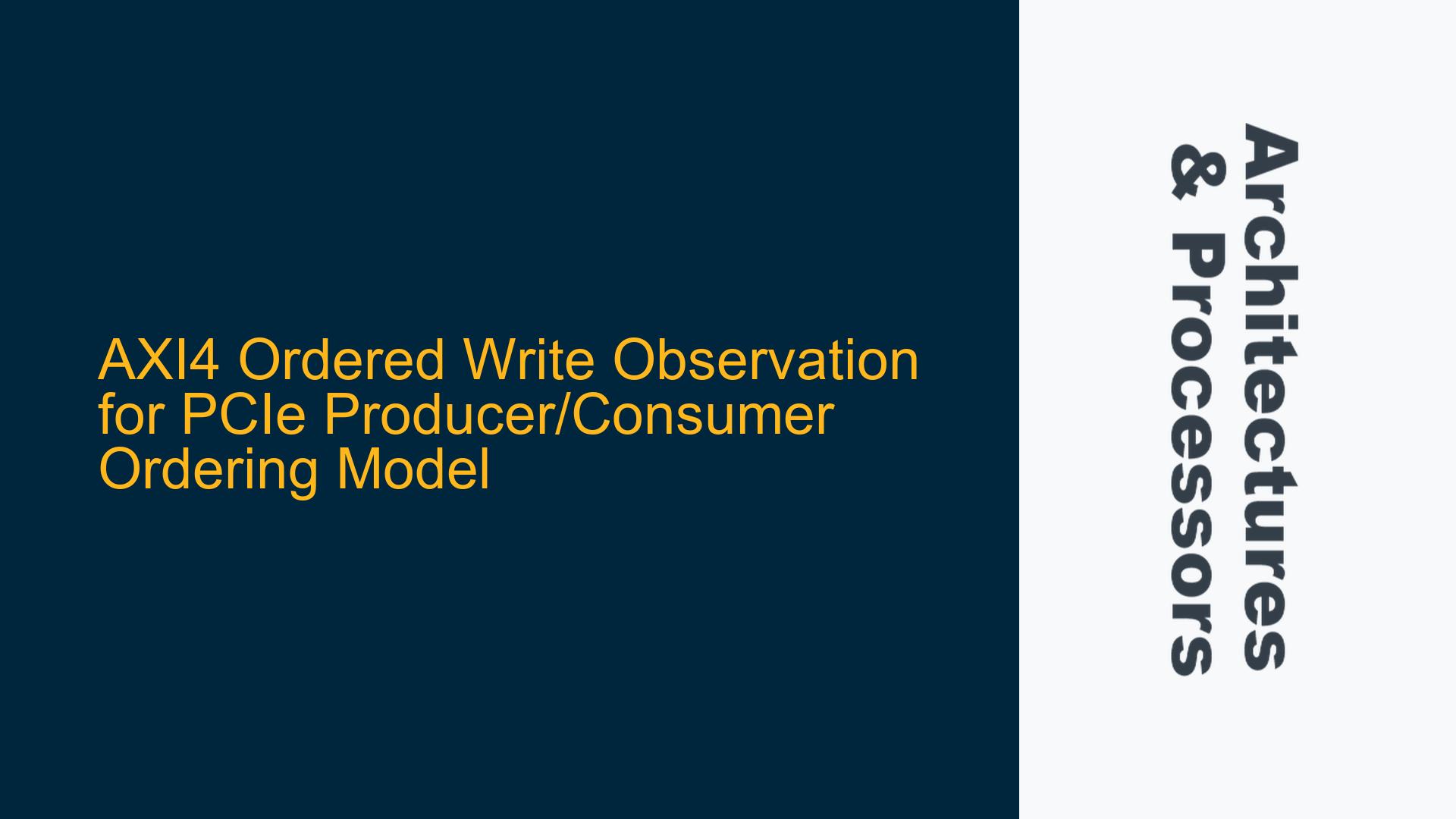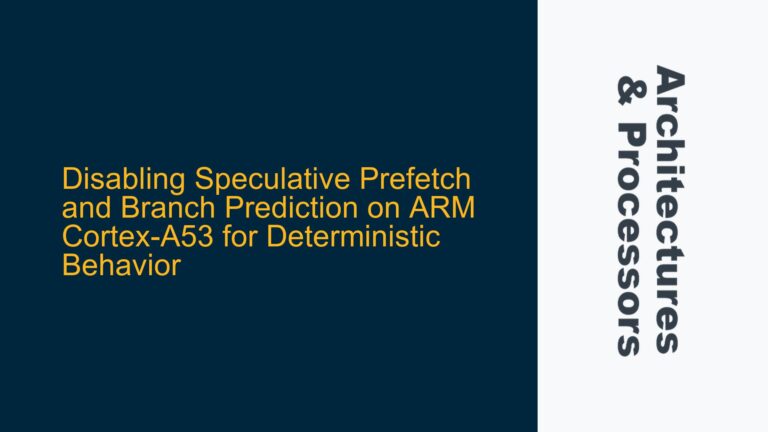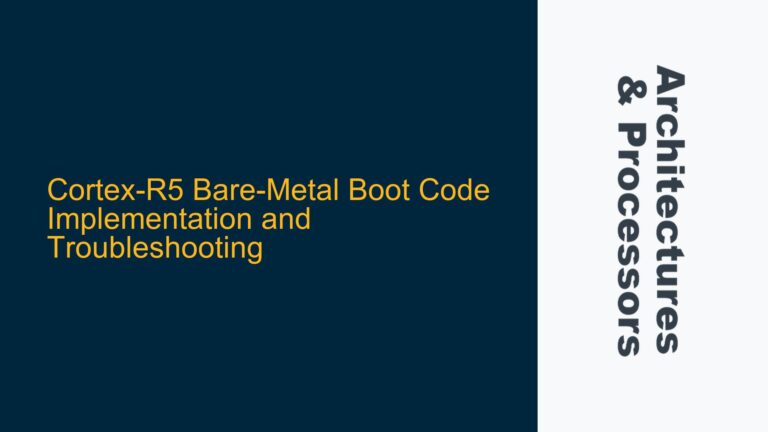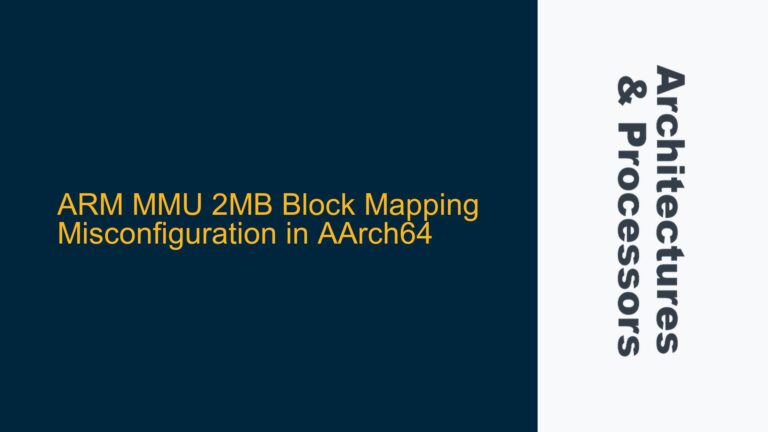AXI4 Ordered Write Observation and PCIe Producer/Consumer Ordering Model
The AXI4 protocol’s "Ordered Write Observation" property is a critical feature that ensures compliance between the AXI and PCIe ordering models, particularly when integrating PCIe devices into an AXI-based system. This property is essential for maintaining the correct sequence of write transactions, especially in systems where the Producer/Consumer ordering model is used. The Producer/Consumer model is a common paradigm in PCIe systems, where a producer (e.g., a CPU) generates data that is consumed by a consumer (e.g., a hardware accelerator or a peripheral device). The AXI4 protocol’s Ordered Write Observation ensures that write transactions with the same ID are observed by all agents in the system in the same order they were issued, which is crucial for maintaining data consistency and correctness in systems with multiple agents and memory domains.
In a typical system where a CPU interacts with a PCIe controller, which in turn communicates with an AXI4 interconnect, the Ordered Write Observation property becomes particularly important. Consider a scenario where the CPU writes data to DDR memory and then writes to an APB register to start a hardware accelerator (DEC). If the PCIe memory writes are posted (i.e., they do not wait for a response), the PCIe AXI Bridge may issue these writes to the AXI4 interconnect without waiting for a BRESP (write response). This can lead to a situation where the DEC module starts reading data from DDR before the data has actually been written, resulting in the consumption of stale or invalid data. The Ordered Write Observation property ensures that the write to the APB register is only observed after the write to DDR has been observed by all agents in the system, thereby preventing such issues.
Memory Write Ordering and Data Consistency Challenges
The core issue arises from the nature of PCIe memory writes, which are posted and do not require a response. This means that the PCIe AXI Bridge can issue multiple write transactions to the AXI4 interconnect without waiting for acknowledgments, leading to potential out-of-order execution. In the context of the Producer/Consumer model, this can result in the consumer (DEC) starting to process data before the producer (CPU) has completed writing it to memory. This is particularly problematic in systems where the order of operations is critical, such as in hardware accelerators or real-time processing systems.
The AXI4 protocol addresses this issue through the Ordered Write Observation property, which mandates that all agents in the system observe write transactions with the same ID in the order they were issued. This ensures that if a write to the APB register is observed by the DEC module, it is guaranteed that the preceding write to DDR has also been observed. This property is crucial for maintaining data consistency and ensuring that the consumer does not start processing data before it is available.
However, implementing this property requires careful consideration of the system architecture, particularly the design of the AXI4 interconnect and the PCIe AXI Bridge. The interconnect must be designed to enforce the ordering of write transactions, while the bridge must ensure that it does not issue writes out of order. Additionally, the system must be designed to handle cases where the Ordered Write Observation property is not supported, such as in systems with multiple memory domains or where the interconnect does not enforce ordering.
Implementing Ordered Write Observation in AXI4 Interconnect and PCIe Bridge
To effectively implement the Ordered Write Observation property in an AXI4-based system with PCIe integration, several steps must be taken. First, the AXI4 interconnect must be designed to enforce the ordering of write transactions with the same ID. This can be achieved by implementing a write ordering buffer within the interconnect, which ensures that writes are issued to the target memory or peripheral in the order they were received. The interconnect must also be designed to handle cases where the Ordered Write Observation property is not supported, such as in systems with multiple memory domains or where the interconnect does not enforce ordering.
Second, the PCIe AXI Bridge must be designed to ensure that it does not issue writes out of order. This can be achieved by implementing a write buffer within the bridge, which ensures that writes are issued to the AXI4 interconnect in the order they were received from the PCIe controller. The bridge must also be designed to handle cases where the Ordered Write Observation property is not supported, such as in systems with multiple memory domains or where the interconnect does not enforce ordering.
Finally, the system must be designed to handle cases where the Ordered Write Observation property is not supported, such as in systems with multiple memory domains or where the interconnect does not enforce ordering. In such cases, additional mechanisms must be implemented to ensure data consistency, such as using memory barriers or read-after-write operations to enforce ordering. These mechanisms can be implemented in software or hardware, depending on the specific requirements of the system.
In conclusion, the AXI4 Ordered Write Observation property is a critical feature for ensuring compliance between the AXI and PCIe ordering models, particularly in systems where the Producer/Consumer model is used. By enforcing the ordering of write transactions with the same ID, this property ensures that data consistency is maintained and that the consumer does not start processing data before it is available. Implementing this property requires careful consideration of the system architecture, particularly the design of the AXI4 interconnect and the PCIe AXI Bridge, as well as additional mechanisms to handle cases where the property is not supported.






